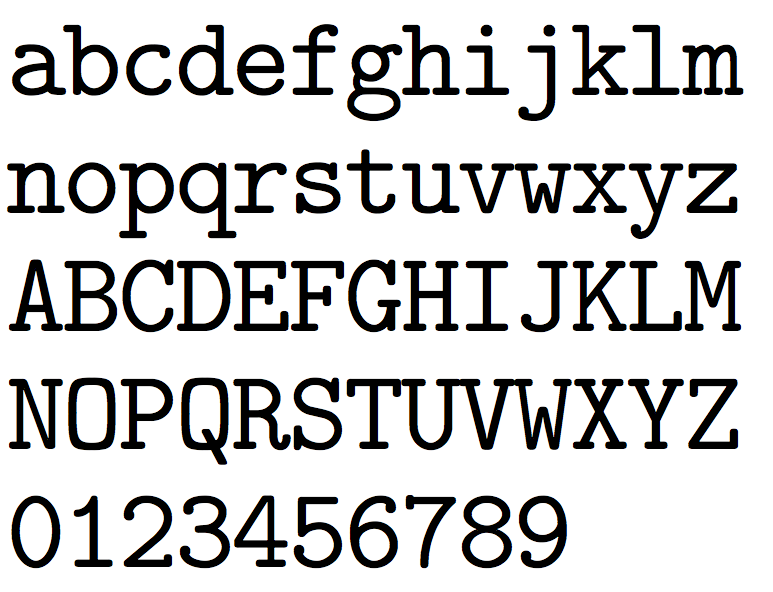Century Gothic Kirillica Mac

A spaciously modern update to mid-century design, Century Gothic™ embodies the highly sought-after assets of the digital age with its sleek sans serif style while remaining true to the gracefully geometric look of the early 20th-century typefaces it was inspired. Its clear, clean design allows.
Welcome to Knowledge Base Mod! Congratulations you have successfully installed the Knowledge Base Mod. If everything seems to be working fine, then continue down this article and see what you can do now to setup your new mod. Door: Dixon|, 09:51:47 comment4, golye. BPaPnQJJ Google is the best search engine Google (2008/01/29 13:02:33). WoHFSAcM RTiFgW. Free online heuristic URL scanning and malware detection. Scan websites for malware, exploits and other infections with quttera detection engine to check if the site is safe to browse. Blank cennikov v word search.
Contents • • • • • • • • Design [ ] Like many geometric sans-serifs, Century Gothic's design has a single-story 'a' and 'g', and an 'M' with slanting sides resembling an upturned 'W'. Century Gothic has a high (tall lower-case characters). Kendrick lamar alright instrumental download. Its origins (see below) come from a design intended for large-print uses such as headings and signs, and so it has a reasonably purely geometric design closely based on the circle and square, with less variation in stroke width than fonts designed for small sizes tend to show, and a relatively slender design in its default weight. Its default spacing is quite tight in the style popular in American post-war display typefaces. Characters are quite wide; Monotype have described it as a 'spacious' design. Main article: While many geometric sans-serif typefaces have been released to compete with the popular typeface, Century Gothic is perhaps unique in its origin: it redraws one to match the design proportions of a second. Century Gothic was created to be a substitute font for, designed by, and released by the in 1970, so a document created in one can be displayed in the other with no change to copyfit.
This allows it to substitute interchangeably for Avant Garde in documents, an important feature since Avant Garde is a standard font in some forms of the digital printing standard, and so Century Gothic allowed Microsoft to use it in preference to paying for an ITC Avant Garde license. Additionally, Century Gothic's design was based on Monotype's own, which was drawn by between 1937 and 1947 for the. Century Gothic is similar to ITC Avant Garde in its pure geometry, and does not possess the subtle variation in stroke width found in either. However, it differs from ITC Avant Garde in that like Futura and Twentieth Century, Century Gothic does not have a descender at bottom right of the 'u' (making it appear like a Greek υ), whereas Avant Garde does. Century Gothic also has larger, rounder on the letters i and j more akin to Futura, whereas Avant Garde keeps the tittles square and the same width as the letter strokes.
Most notably, it lacks the extreme of Avant Garde, such as highly slanted letters designed to fit together closely in kerning. Design characteristics [ ]. Twentieth Century (above) and Century Gothic (below) at equalised x-height in their default weight. Twentieth Century has features for smaller text such as loose spacing and a solid stroke weight that narrows where curves join the verticals. Century Gothic has a finer structure, less variation in stroke width and sometimes wider characters, and by default tighter spacing. ITC Avant Garde was intended as a display design for large headings and advertisements (although it is somewhat usable for body text because of the high x-height) and as a result Century Gothic is quite a light typeface, especially in default weight, with the classic display typeface feature of tight spacing and quite wide characters, in contrast to Twentieth Century which was intended more for small-size applications with a more solid stroke weight and open spacing.
While its structure is similar to Futura, its regular style is between Futura and Twentieth Century's regular and light weights. Century Gothic was one of several clones of PostScript standard fonts created by Monotype in collaboration with or sold to Microsoft around this time, including (a clone of ), (Palatino) and Bookman Old Style (). It was bundled with in 1994 and subsequently provided with,,, and various versions of up to 2010. A version of Century Gothic, Levenim, that includes characters has been included in later versions of Windows. Printer ink usage [ ] According to the, Century Gothic uses much less ink than other, similar sans-serif typefaces. It was found that Century Gothic uses about 30% less ink than.